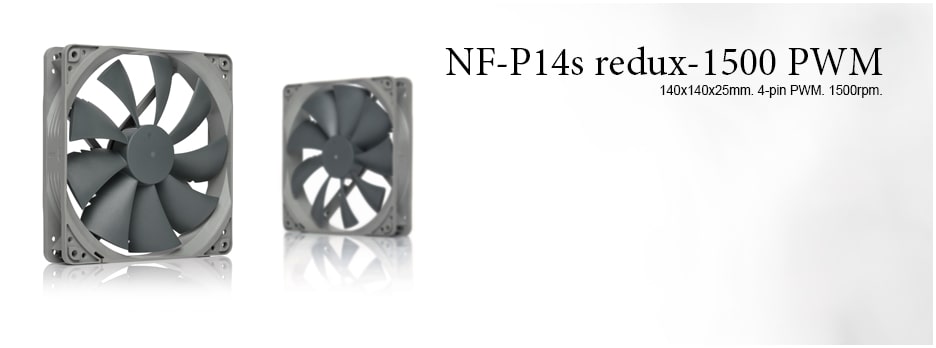NF-P14s redux-1500 PWM
Le célèbre NF-P14 est à présent disponible avec un cadre carré et s’avère idéal pour le refroidissement des boîtiers ou radiateurs. Ce modèle, à présent référencé NF-P14s (s pour « Square »), est depuis longtemps une référence pour les passionnés du monde entier et a permis à Noctua d’asseoir sa réputation pour devenir un des leaders du marché des composants haut de gamme pour refroidissement silencieux. La toute nouvelle série redux redonne vie à ce célèbre modèle grâce à une offre étudiée à prix modéré et qui se concentre sur l’essentiel : le ventilateur haut de gamme NF-P14. Le NF-P14 redux est équipé d’un roulement de qualité industrielle - le SSO Bearing – et peut se vanter d’un MTTF de 150.000 heures ; complété d’une garantie constructeur de 6 ans, ce modèle premium s’impose et permet d’accéder à la qualité Noctua à un prix attractif. La vitesse très élevée atteinte par la version 1500 tr/min. PWM confère à ce modèle une orientation « performance ». Il est idéal pour garantir un refroidissement efficace des boîtiers, radiateurs et autres ventirads pour CPU mais s’avère aussi parfait pour les applications requérant à la fois une marge de performance élevée et un pilotage PWM pour une régulation automatique de la vitesse.
/

Details

Le NF-P14 : un concept qui a fait ses preuves
Des dizaines de milliers de passionnés du refroidissement silencieux issus du monde entier ne jurent que par le célèbre NF-P14 de Noctua. Grâce à son silence exceptionnel, sa performance de haut vol ainsi qu'une qualité sans faille, le NF-P14 est devenu LA référence du ventilateur silencieux 140mm.

La série redux : juste l'essentiel…
La série redux assure le renouveau de certains produits phares Noctua grâce à une offre à prix étudié concentrée sur l'essentiel. Tous les produits de la série redux offre une excellente longévité et répondent, en termes de qualité, aux standards industriels. Tous ont permis à Noctua d'asseoir sa réputation pour devenir un des leaders du marché des composants haut de gamme pour refroidissement silencieux.

Cadre 140mm carré
La cadre 140mm carré des NF-P14 est pourvu d'orifices de montage de dimension standard (espacement de 124,5mm) ce qui le rend idéal pour le remplacement optimisé des ventilateurs traditionnels 140mm pour boîtiers. Il est par ailleurs parfaitement adapté aux radiateurs 140mm pour refroidissement à eau car il offre un gain au niveau de la surface et de la pression exercée.

Conception à neuf pales pour une pression renforcée
Spécialement étudié pour les environnements exigeant une pression élevée (ventirads pour CPU, radiateurs pour refroidissement à eau ou boitiers avec grilles d'aération étroites), les neuf pales du NF-P14 délivrent une pression hors norme et un flux imposant.

Vortex-Control Notches (Fentes Vortex-Control)
Les fentes Vortex-Control, qui demeurent une exclusivité Noctua, assurent une dispersion des vortex se développant en bout de pale et répartissent ainsi les émissions sonores sur une plage de fréquences plus large. Ce dispositif permet de générer un son plus plaisant à l'oreille humaine.

Circuit PWM exclusif doté du SCD
Permettant un pilotage automatique complet de la vitesse en PWM, le ventilateur utilise le tout nouveau circuit exclusif NE-FD1 PWM IC qui intègre la technologie SCD (Smooth Commutation Drive). En favorisant des impulsions moins brutales au niveau du couple, le SCD élimine les bruits de commutation PWM et permet ainsi au ventilateur de rester plus silencieux à faible vitesse.

PWM à 0% : arrêt
Lorsque le ventilateur est réglé sur un rapport de cycle PWM de 0%, que ce soit via la carte mère ou un contrôleur de ventilation PWM, il s’arrête. Ceci permet de créer des configurations avec un refroidissement semi passif qui permet l’arrêt automatique des ventilateurs – pour assurer ainsi un fonctionnement totalement silencieux – en fonction des sollicitations et des niveaux de température.

Roulement SSO-Bearing
En associant le principe éprouvé du roulement hydrodynamique à l'ajout d'un aimant complémentaire qui renforce la stabilisation de l'axe du rotor, la technologie SSO-Bearing de Noctua a fait ses preuves. Elle incarne un fonctionnement extrêmement silencieux et une fiabilité exceptionnelle sur le long terme.

Accessoires optionnels
Chaque utilisateur peut, en fonction de ses besoins, choisir parmi les nombreux accessoires optionnels de la gamme Noctua afin de customiser les ventilateurs de la série redux : attaches anti-vibration, adaptateurs faible bruit, câbles en Y, adaptateurs 3:4-broches et autres câbles-rallonges.

Une customisation couleur grâce aux silentblocs NA-SAVP1
Le cadre du ventilateur peut être équipé des silentblocs antivibrations NA-SAVP1 issus de la ligne Noctua chromax. Disponibles en noir, rouge, bleu, blanc, vert et jaune, ces silentblocs assurent l’amortissement des micro-vibrations mais offrent un atout indéniable supplémentaire : ils permettent, au grès de votre créativité, d’assortir le ventilateur aux thèmes couleurs les plus populaires !

Garantie Constructeur de 6 ans
Les ventilateurs Noctua sont connus pour leur qualité irréprochable et leur étonnante longévité. Comme tous les ventilateurs Noctua, les modèles issus de la série redux bénéficient d'un MTTF de plus de 150 000 heures ainsi que d'une garantie constructeur de 6 ans.

Spécifications ventilateur
Dimensions
140x140x25 mm
Espacement des orifices de fixation
124,5x124,5 mm
4 broches PWM
Longueur du câble
40cm
Type roulements
Vitesse de rotation (+/-10%)
1500 RPM
Vitesse de rotation min. @ 20% PWM (+/-20%)
450 RPM
133,7 m³/h
Niveau sonore
25,8 dB(A)
Pression statique
1,91 mm H₂O
Puissance consommée typique
2,1 W
Puissance consommée max.
2,4 W
Ampérage typique
0,17 A
Ampérage max.
0,2 A
Tension
12 V
MTTF
> 150.000 h
Volume de livraison
- Ventilateur
- 4 vis de fixation
6 ans

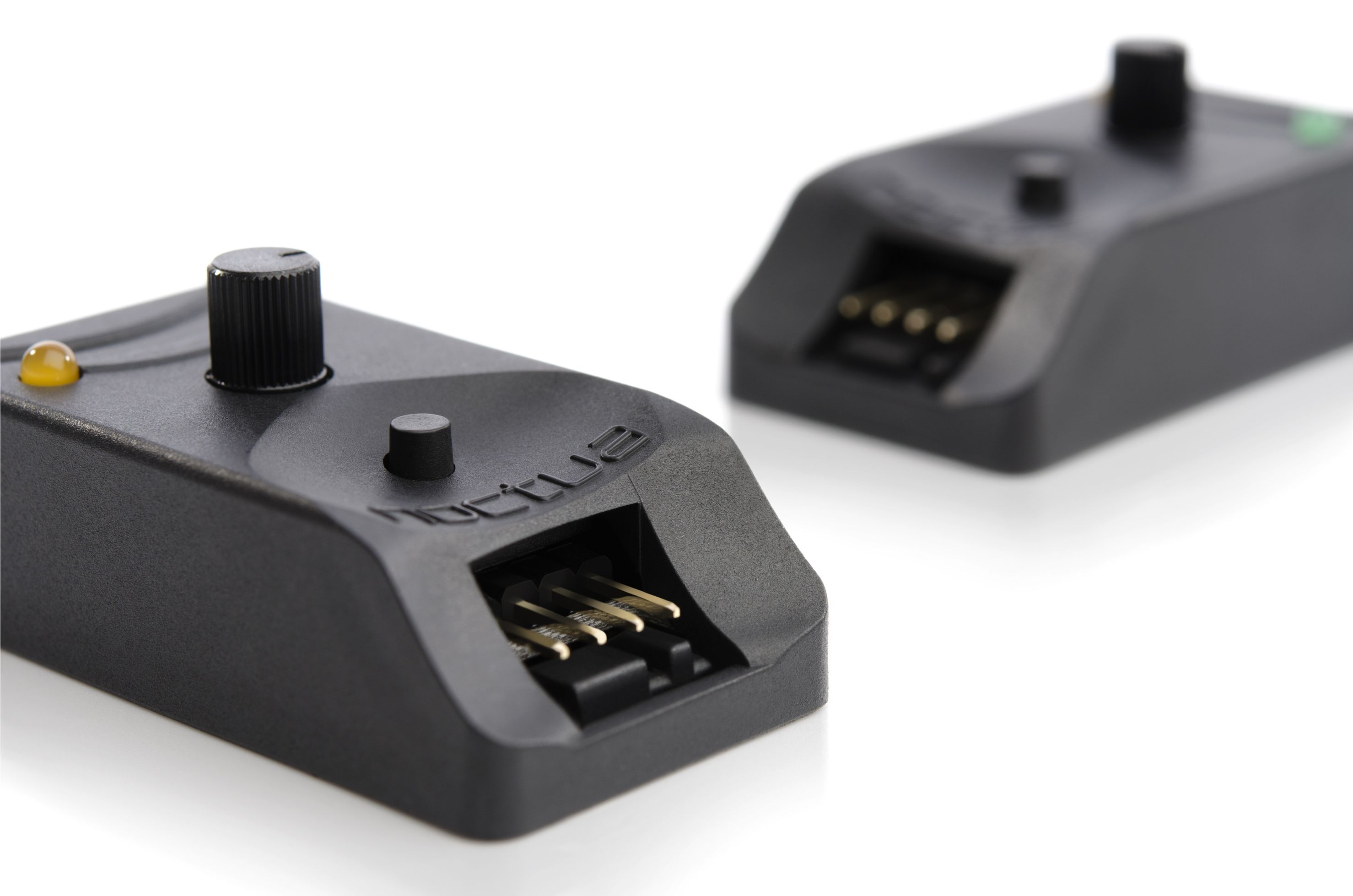 NA-FC1
NA-FC1- Contrôleur de vitesse compact, ultra flexible pour ventilateurs PWM 4 broches

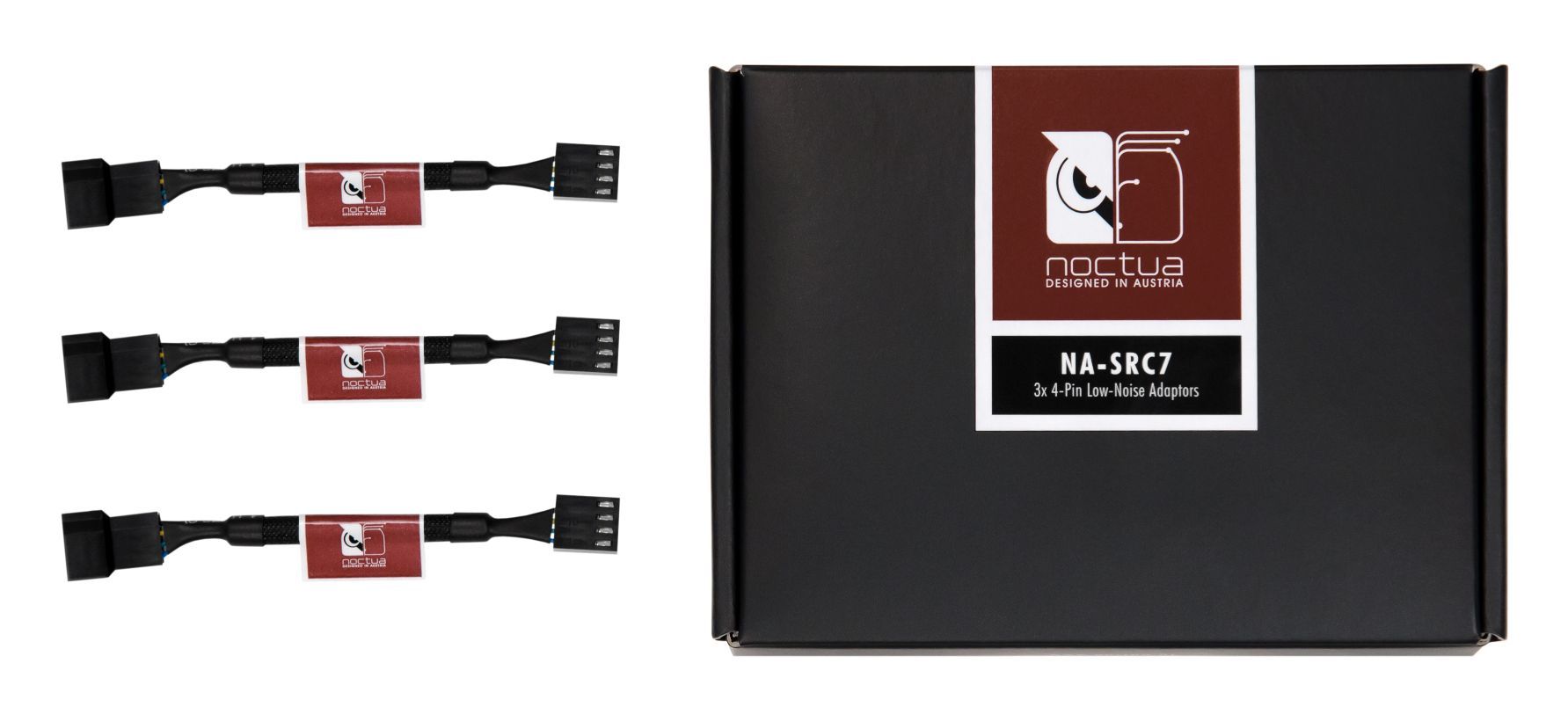 NA-SRC7
NA-SRC7- Adaptateurs faible bruit 4-broches

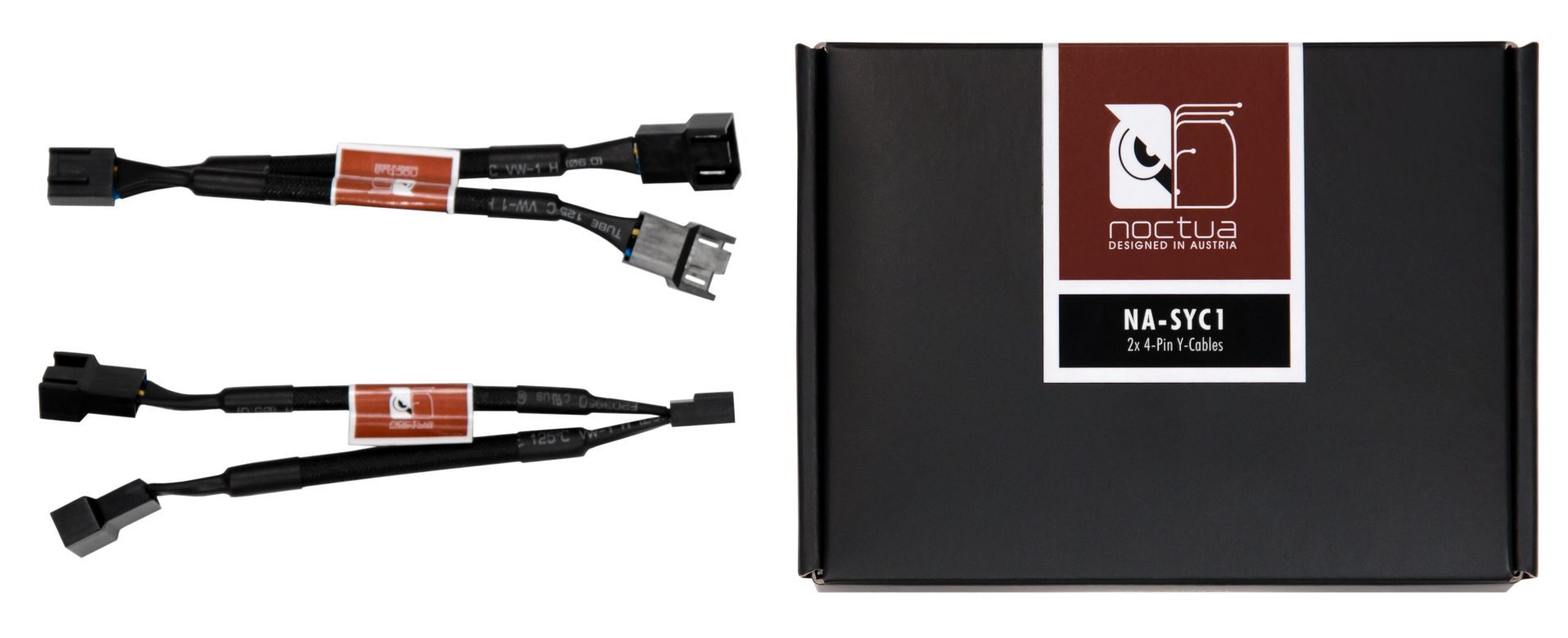 NA-SYC1
NA-SYC1- Câbles en Y 4-broches

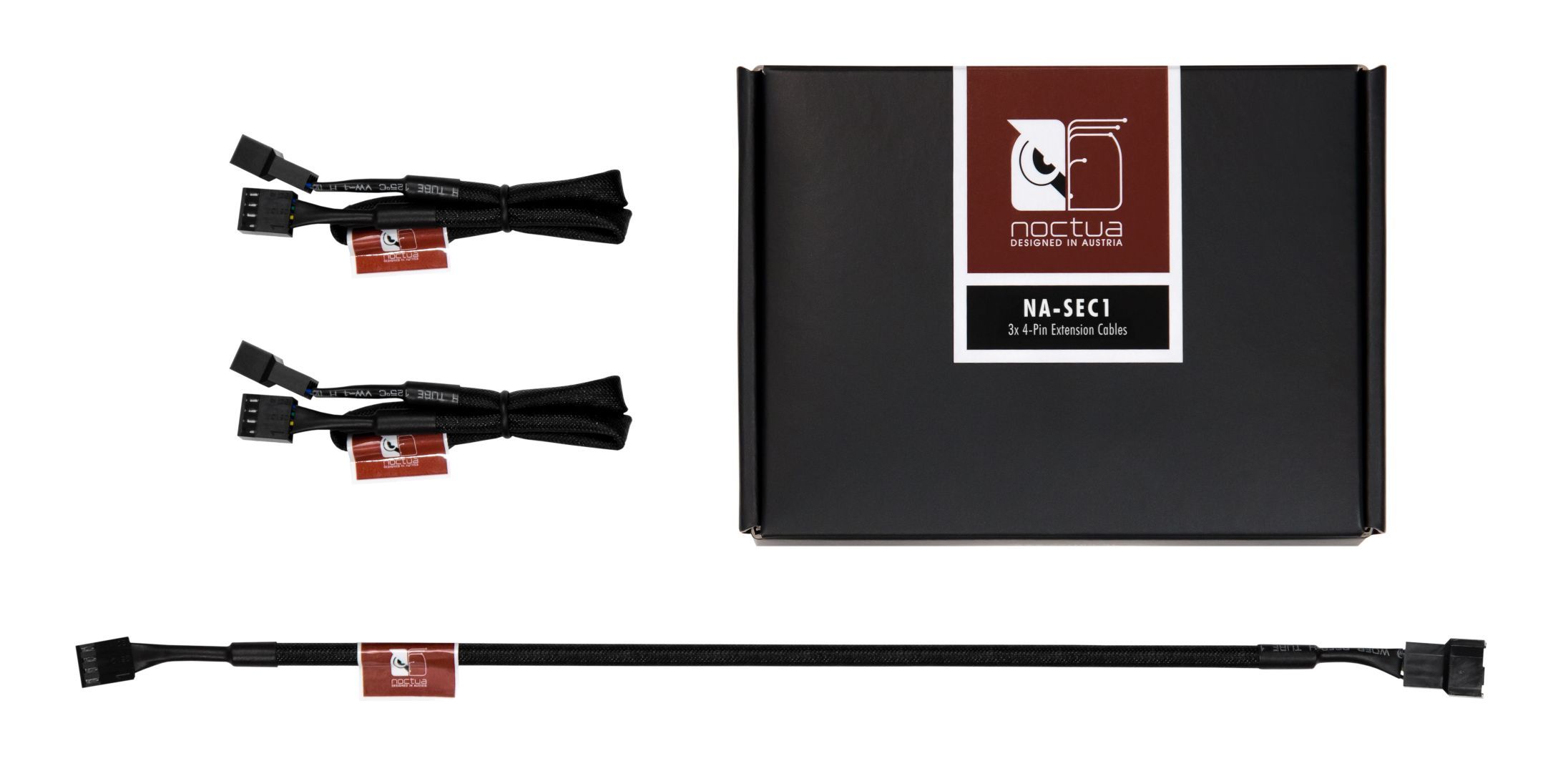 NA-SEC1
NA-SEC1- Câbles-rallonges 4-broches

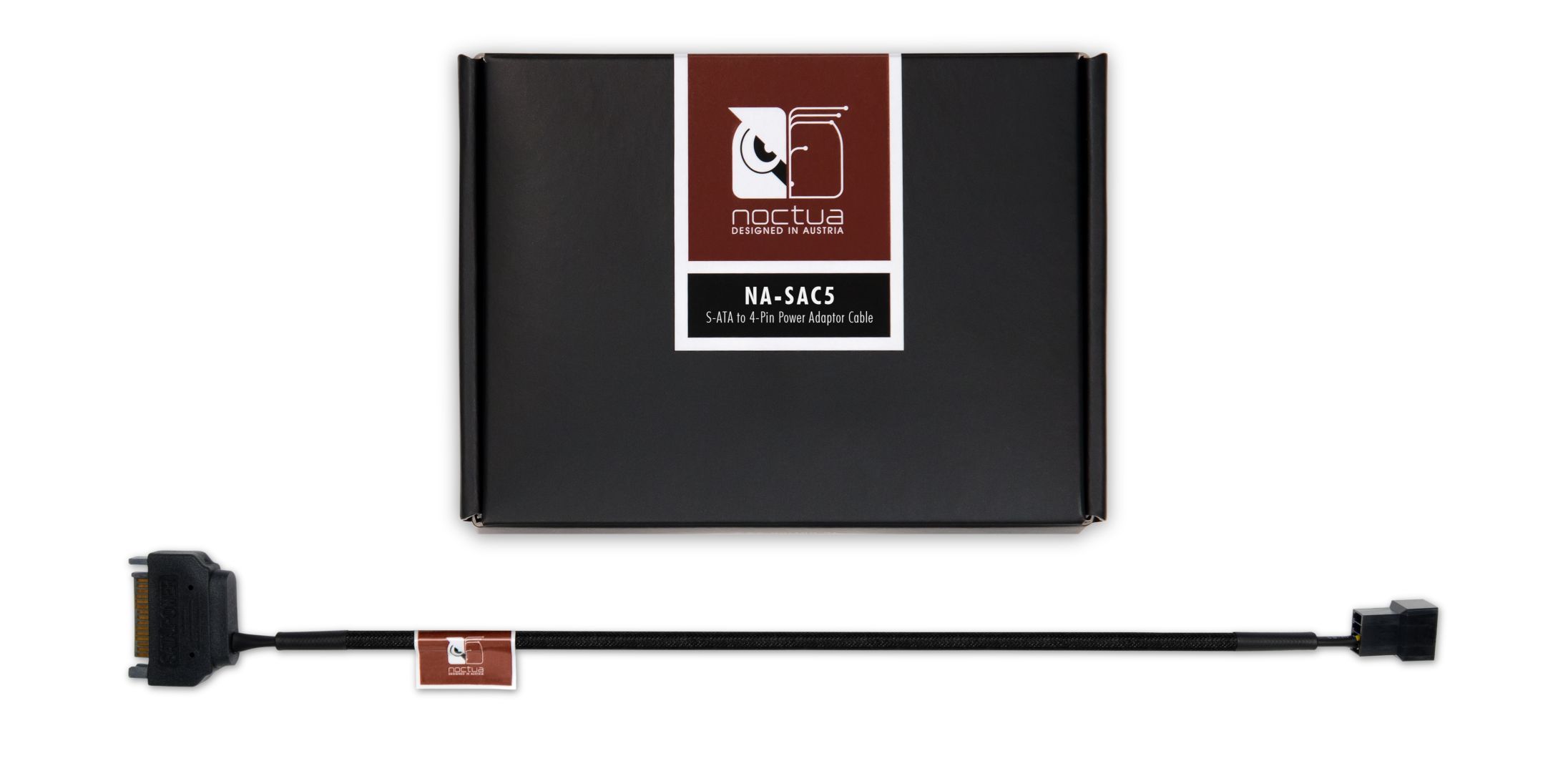 NA-SAC5
NA-SAC5- Adaptateur pour alimentation de ventilateur S-ATA vers 4 broches

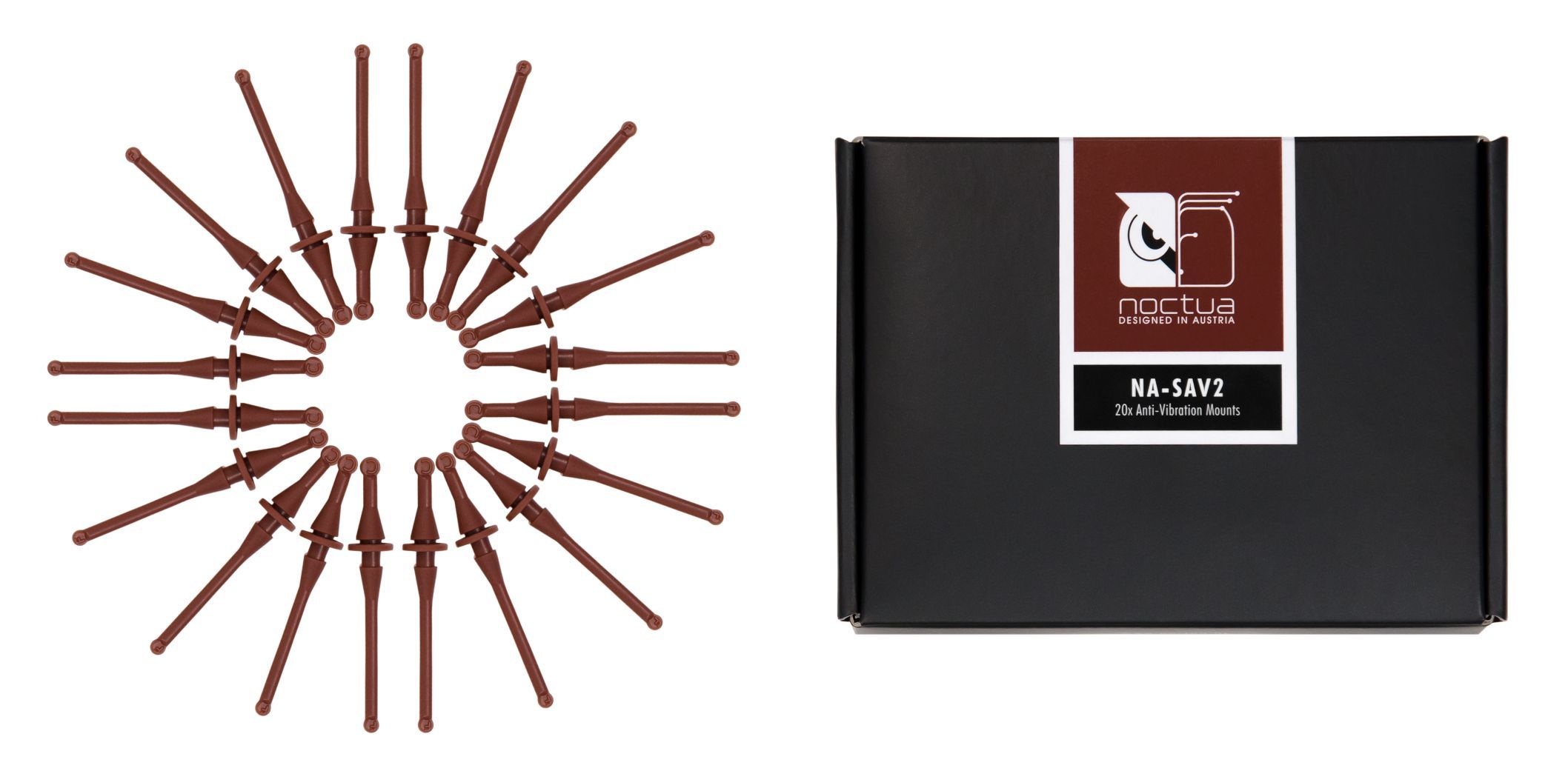 NA-SAV2
NA-SAV2- Attaches de fixation anti-vibration

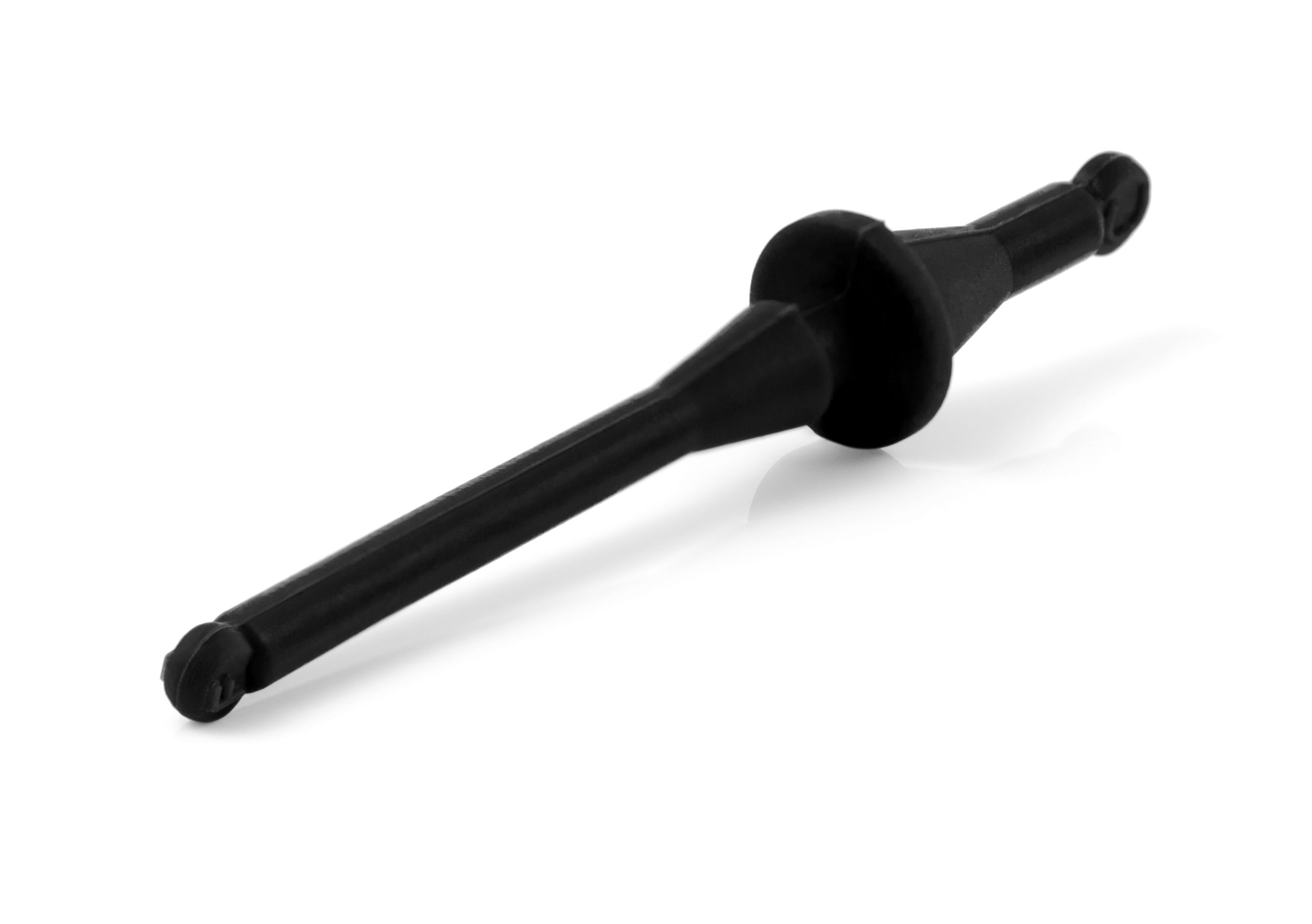 NA-SAV2 chromax.black
NA-SAV2 chromax.black- Attaches de fixation anti-vibration
- Série chromax.black

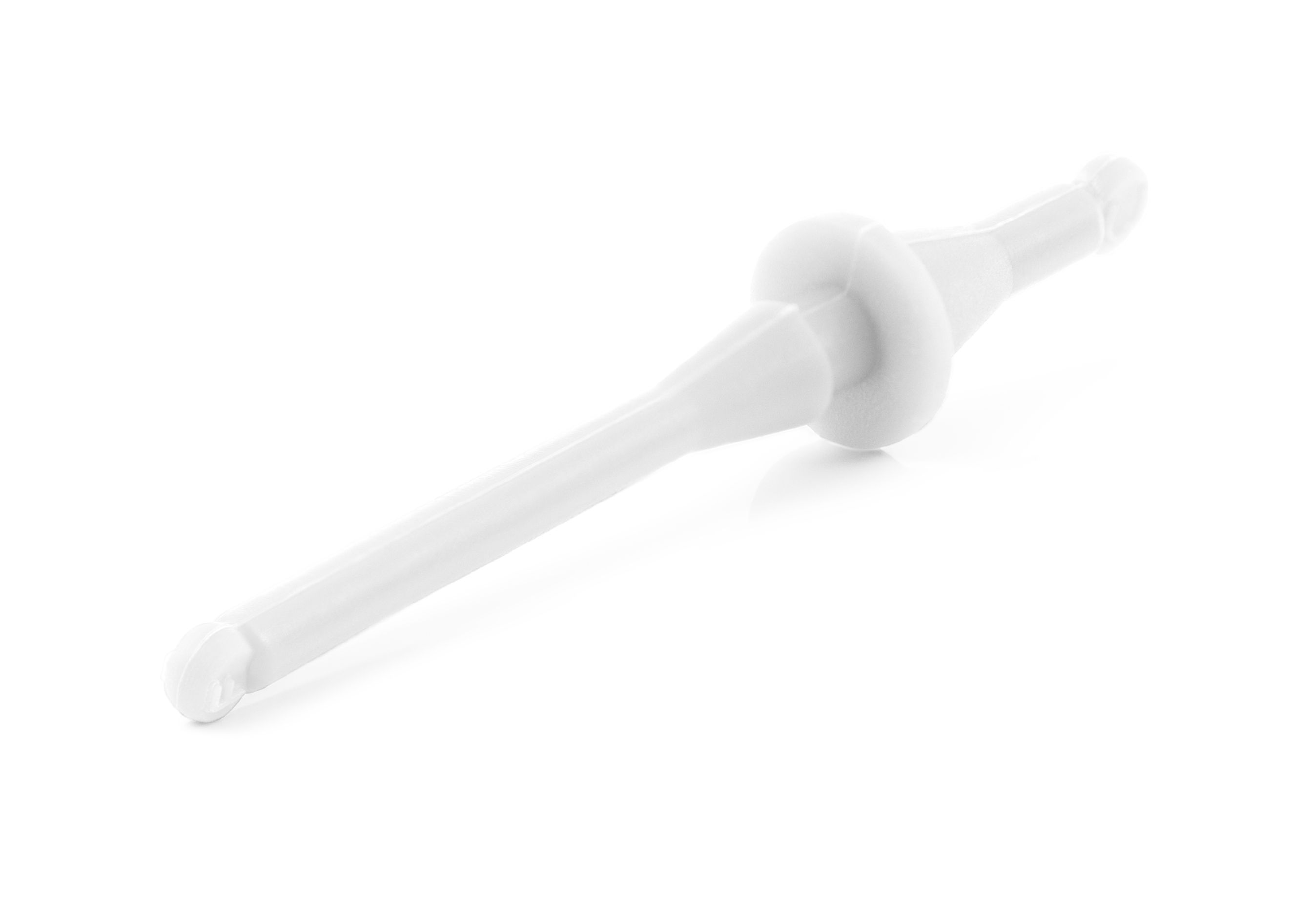 NA-SAV2 chromax.white
NA-SAV2 chromax.white- Attaches de fixation anti-vibration
- Série chromax.white

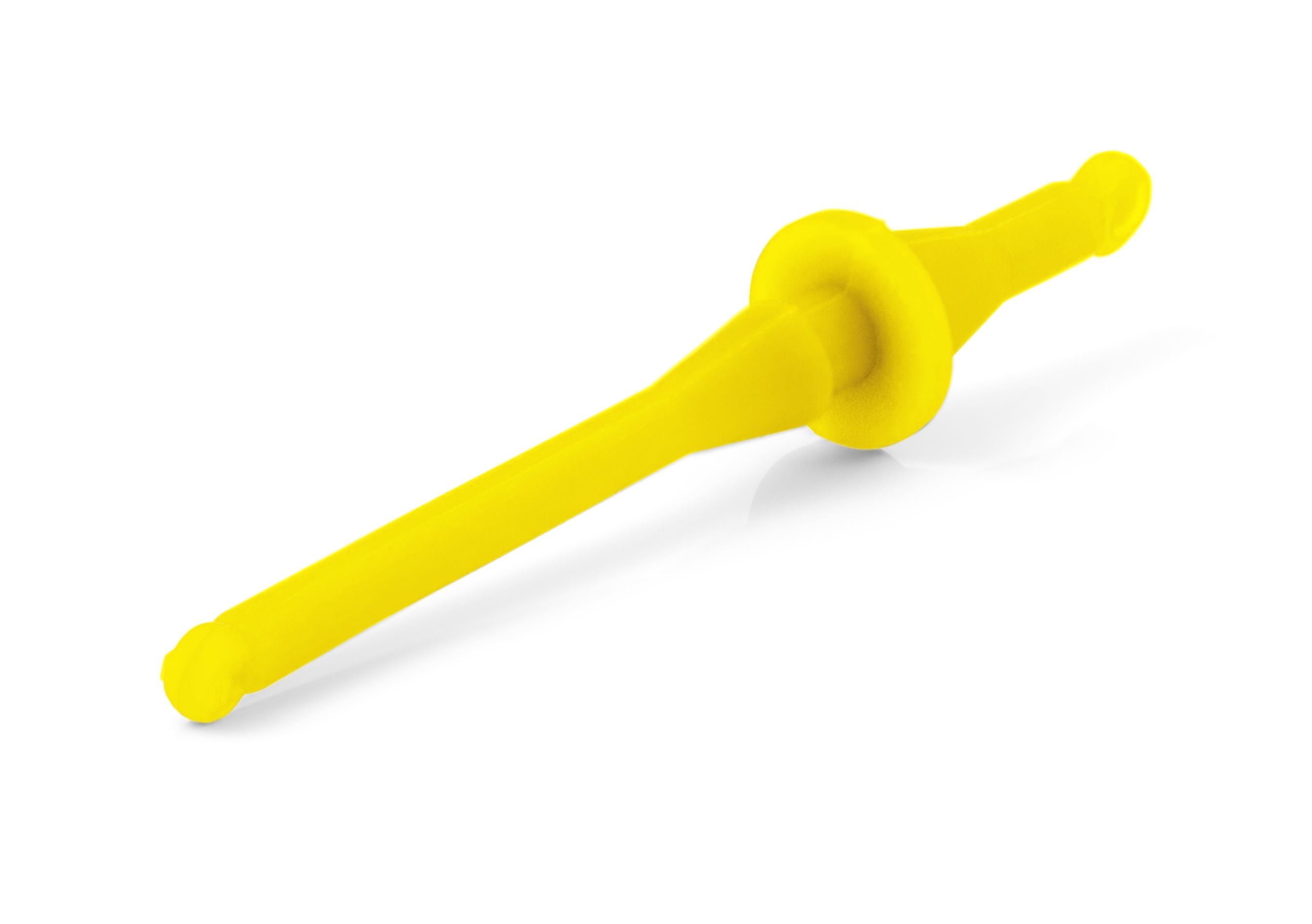 NA-SAV2 chromax.yellow
NA-SAV2 chromax.yellow- Attaches de fixation anti-vibration
- Série chromax.yellow

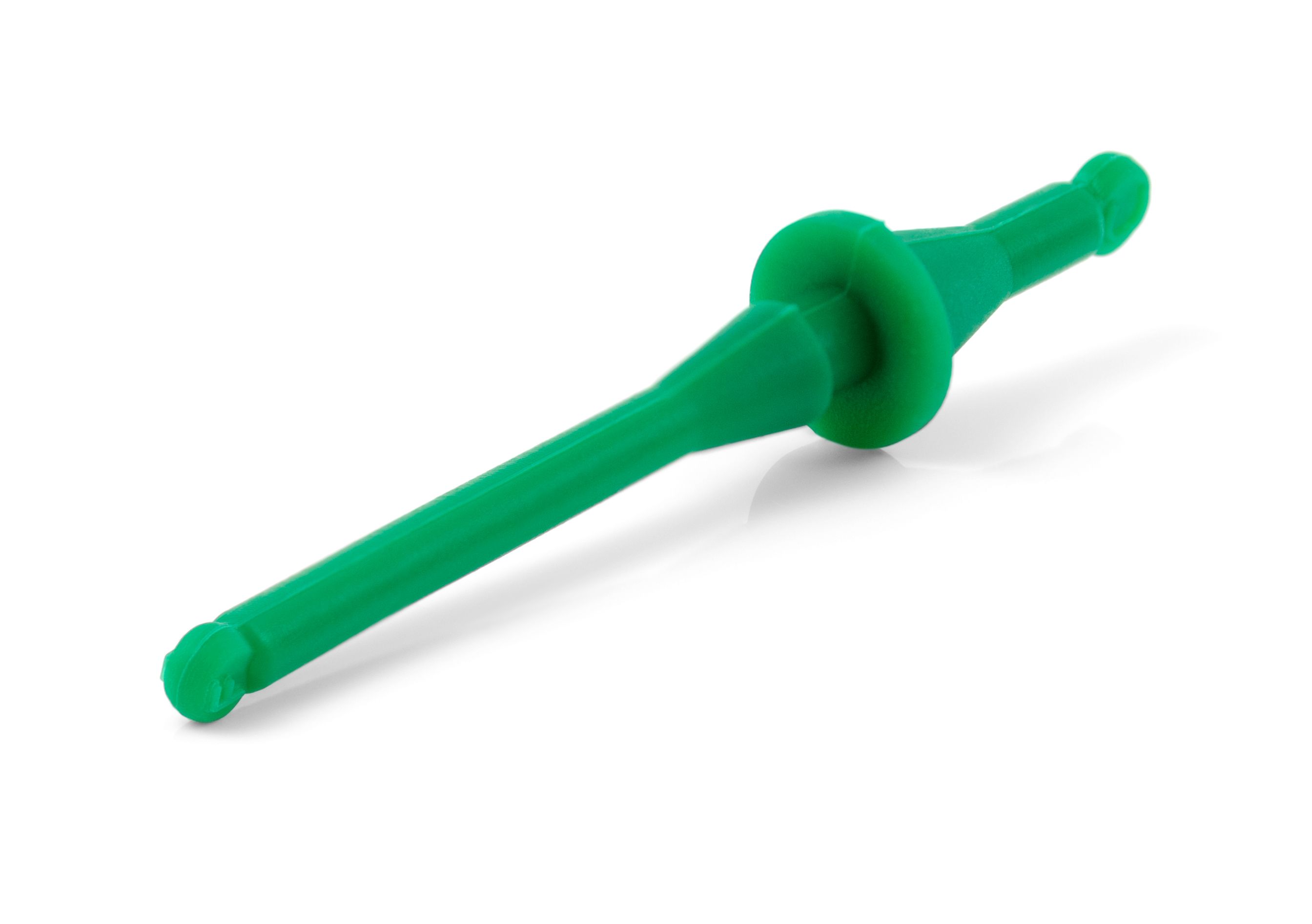 NA-SAV2 chromax.green
NA-SAV2 chromax.green- Attaches de fixation anti-vibration
- Série chromax.green

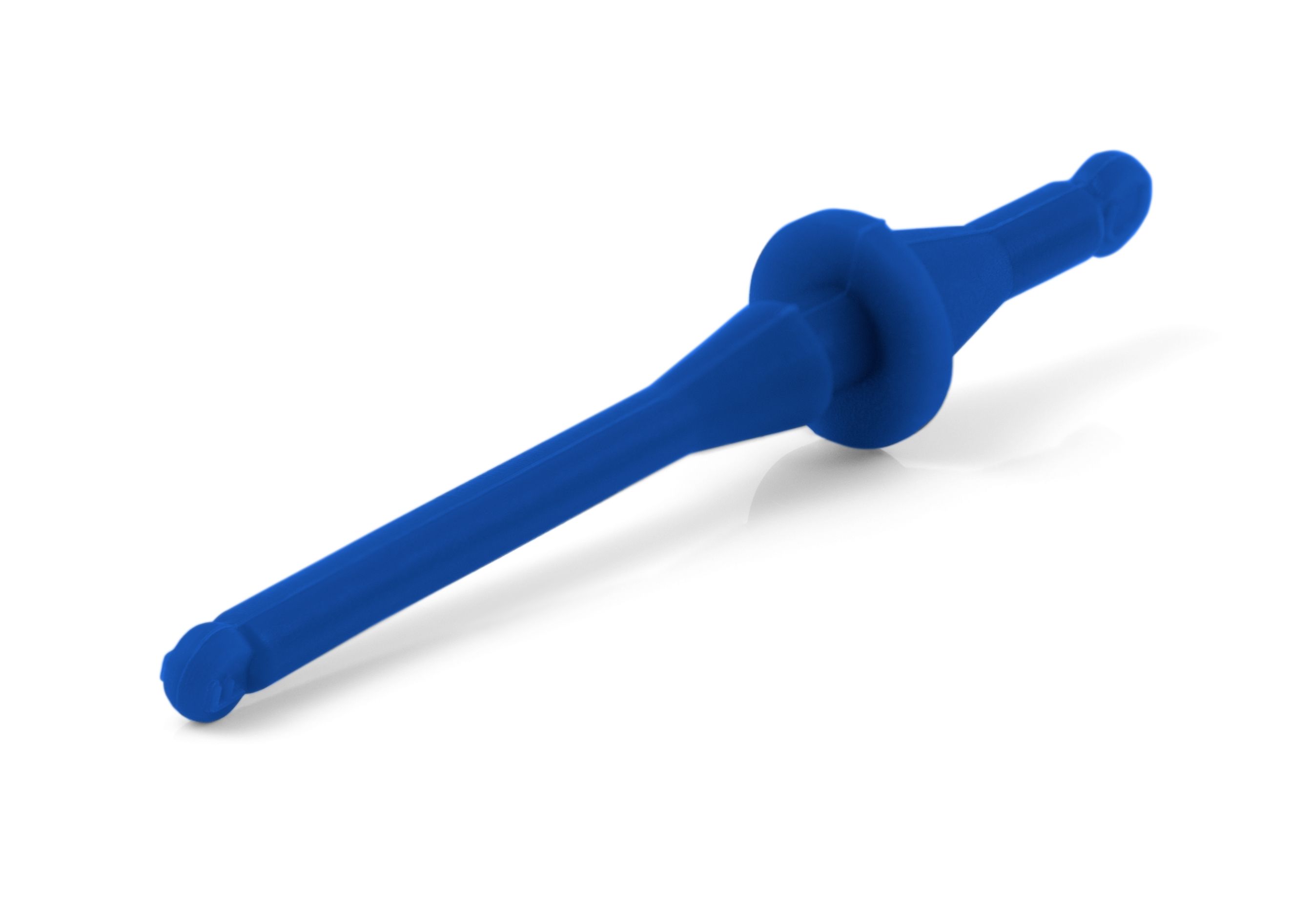 NA-SAV2 chromax.blue
NA-SAV2 chromax.blue- Attaches de fixation anti-vibration
- Série chromax.blue

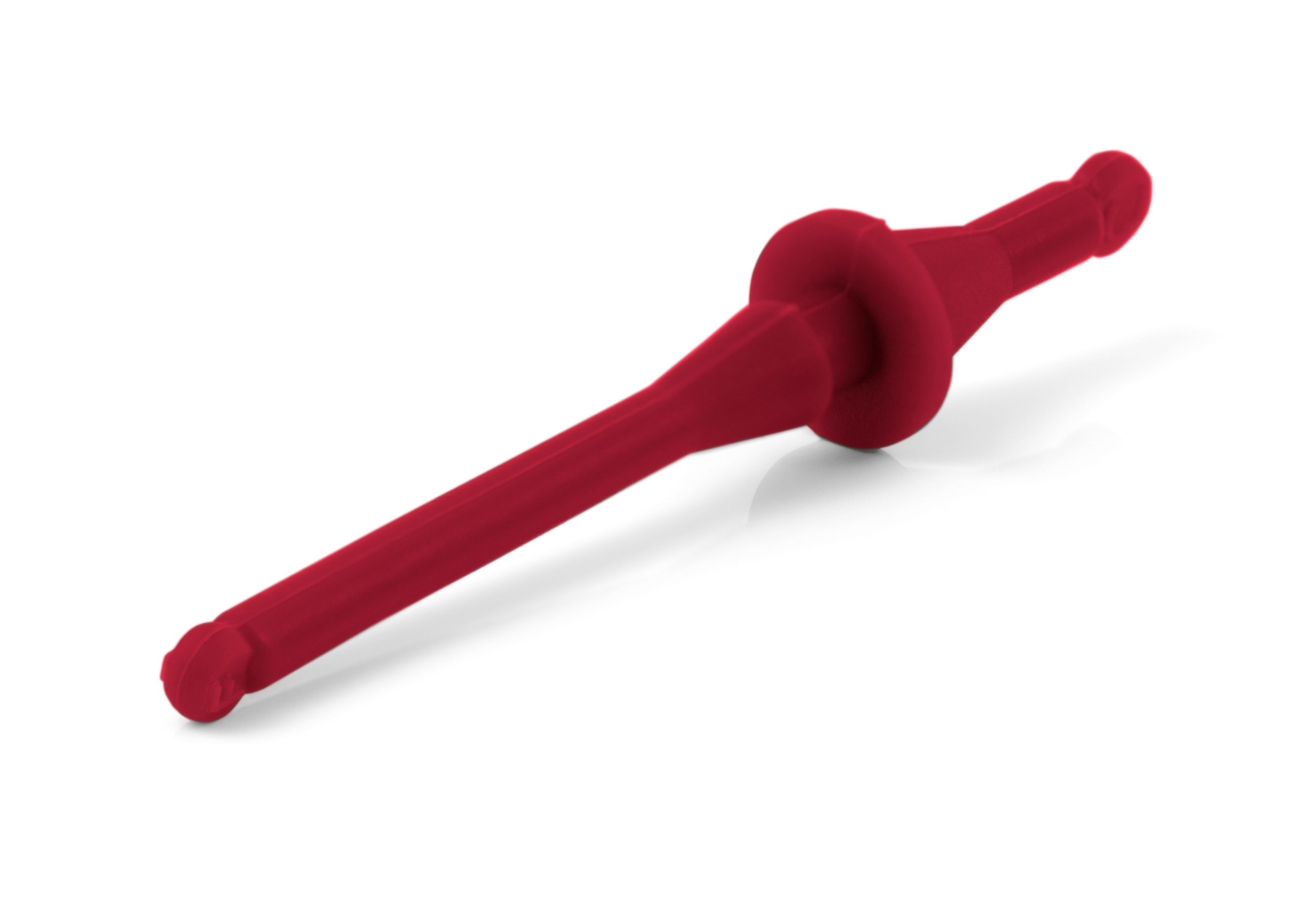 NA-SAV2 chromax.red
NA-SAV2 chromax.red- Attaches de fixation anti-vibration
- Série chromax.red

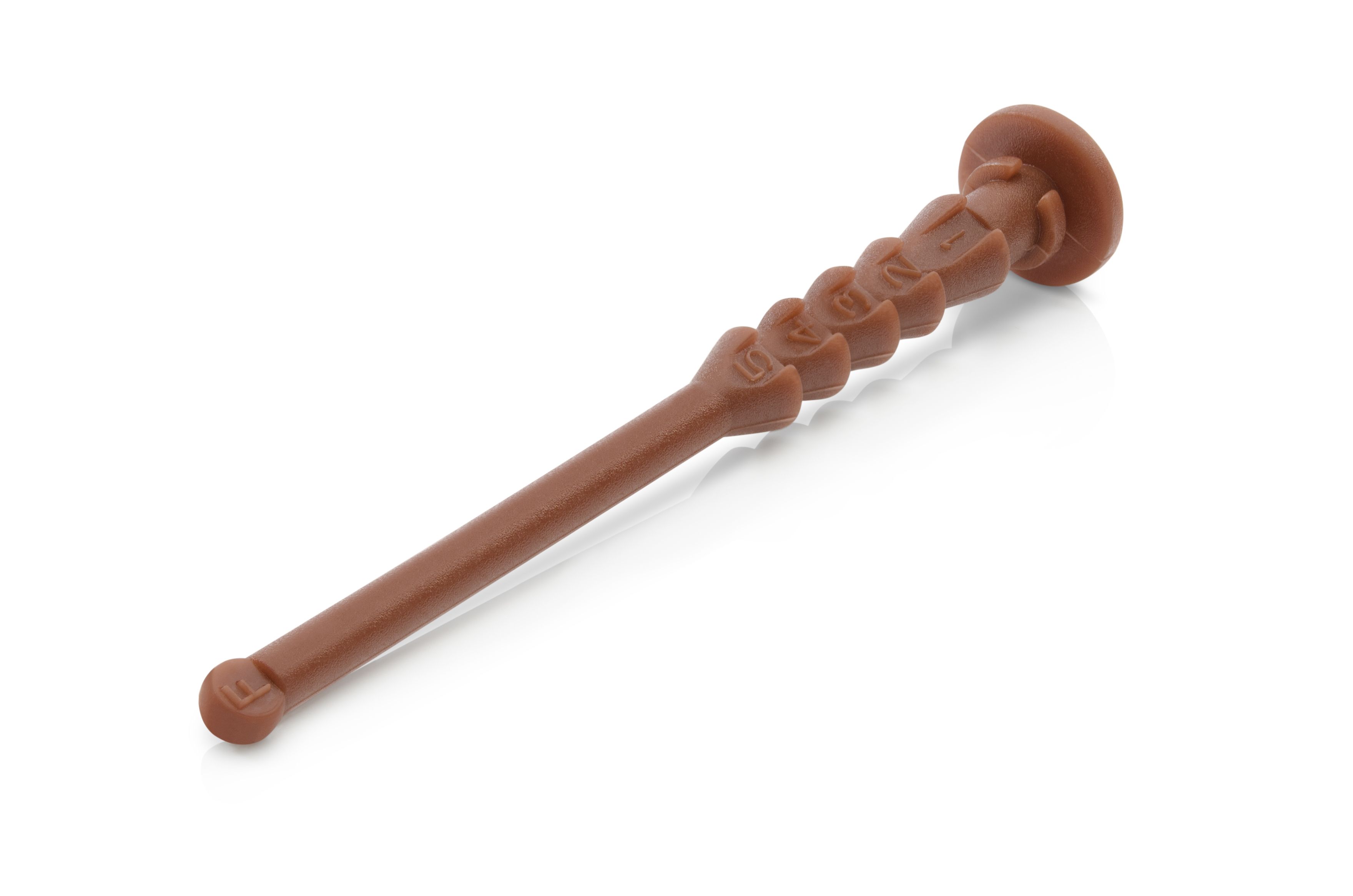 NA-SAV4
NA-SAV4- 16 NA-AV4 silicone anti-vibration silentbloc jusqu’à 4 ventilateurs
- Extrémité plate (côté boîtier) pour une esthétique soignée
- 5 crans prédéfinis
- Compatible avec l’ensemble des ventilateurs Noctua

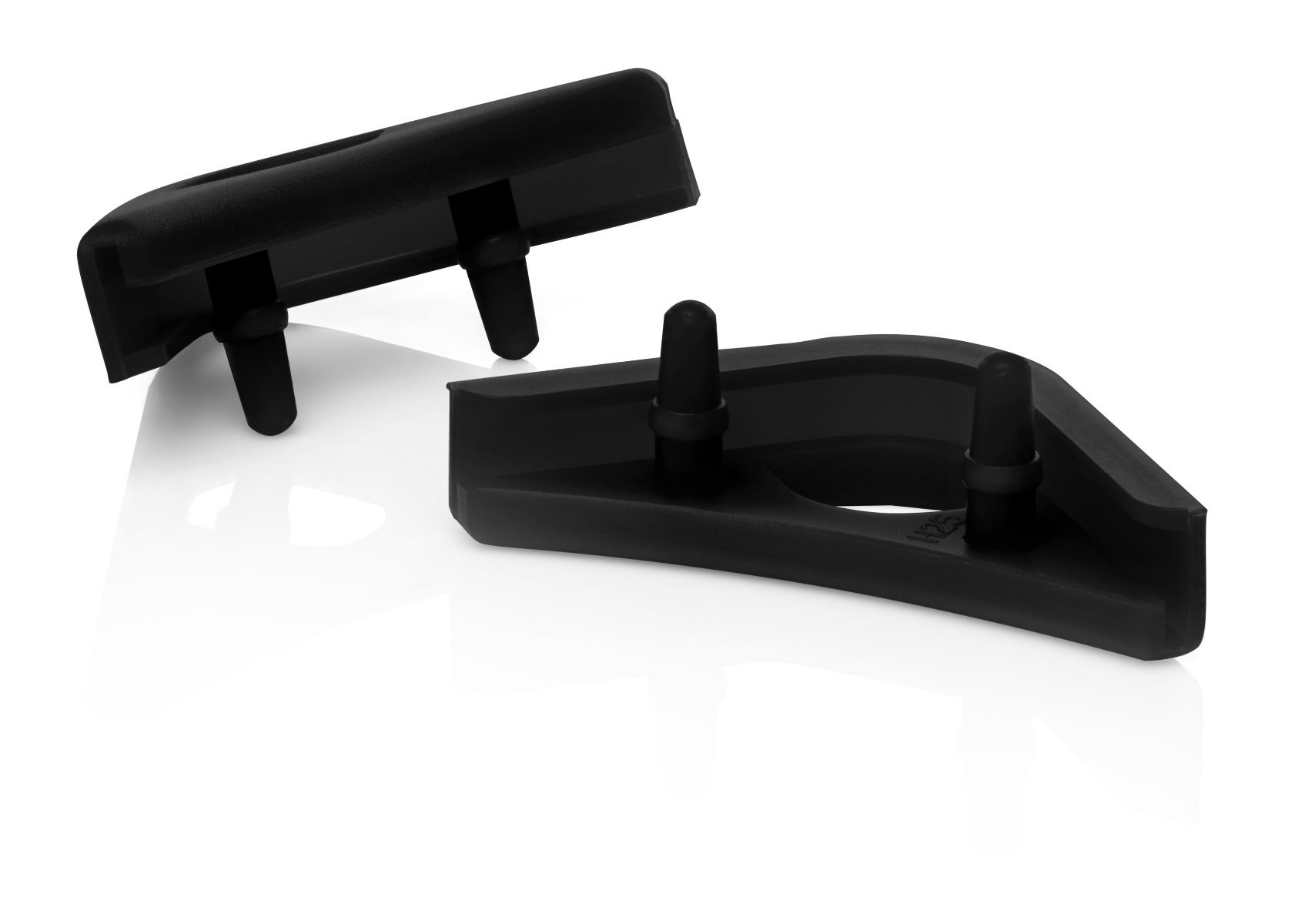 NA-SAVP1 chromax.black
NA-SAVP1 chromax.black- silentblocs anti-vibrations
- Série chromax.black

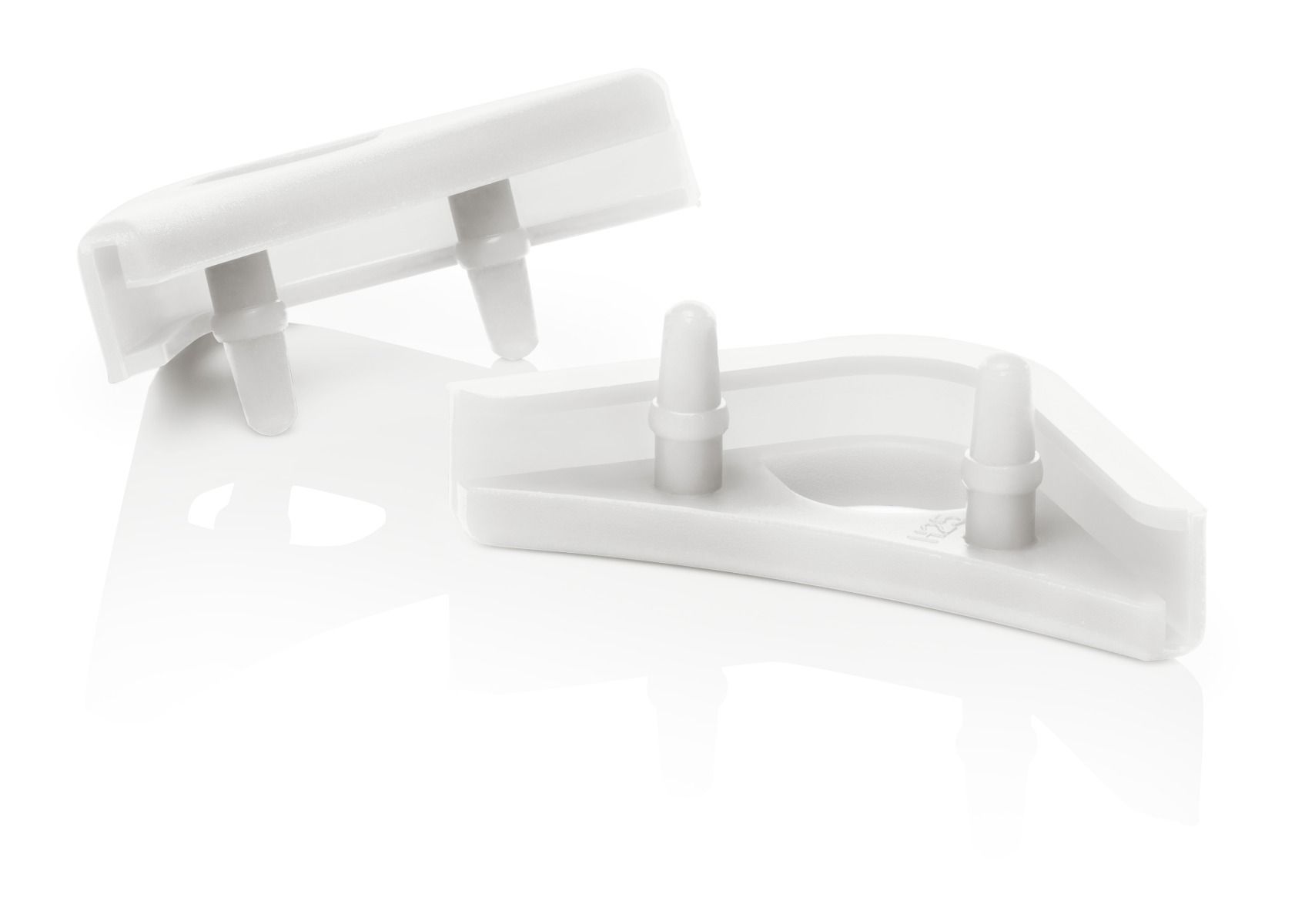 NA-SAVP1 chromax.white
NA-SAVP1 chromax.white- silentblocs anti-vibrations
- Série chromax.white

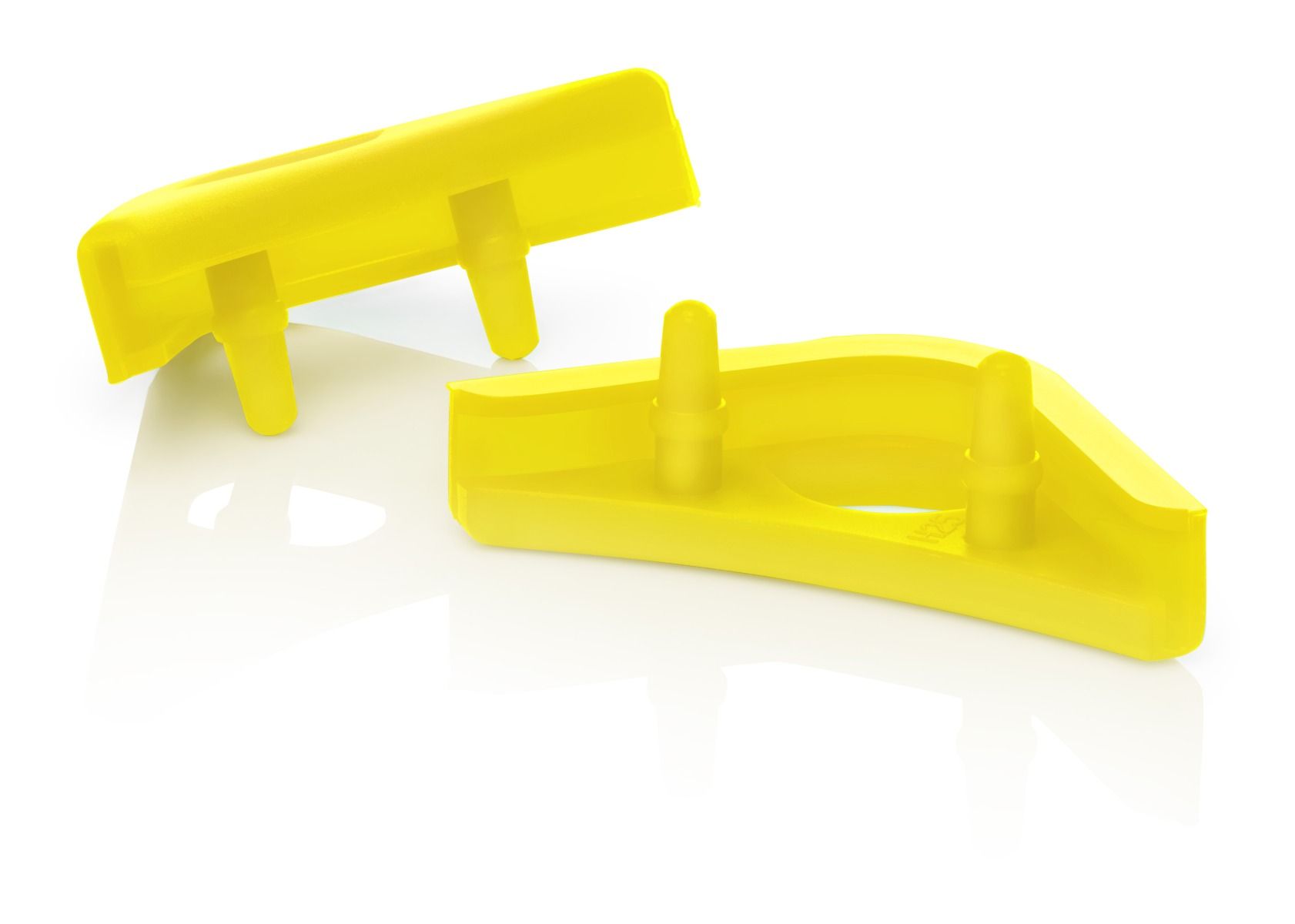 NA-SAVP1 chromax.yellow
NA-SAVP1 chromax.yellow- silentblocs anti-vibrations
- Série chromax.yellow

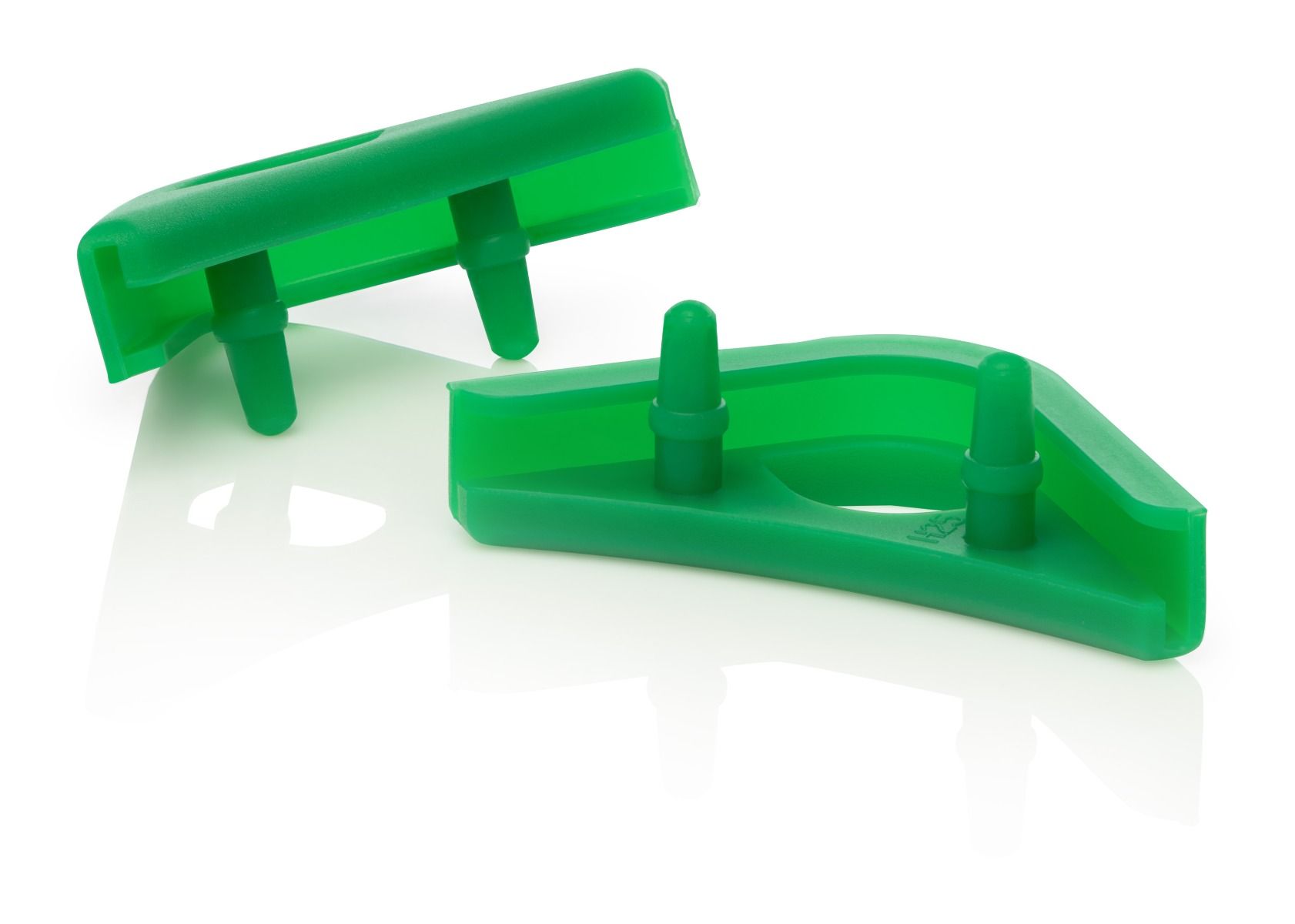 NA-SAVP1 chromax.green
NA-SAVP1 chromax.green- silentblocs anti-vibrations
- Série chromax.green

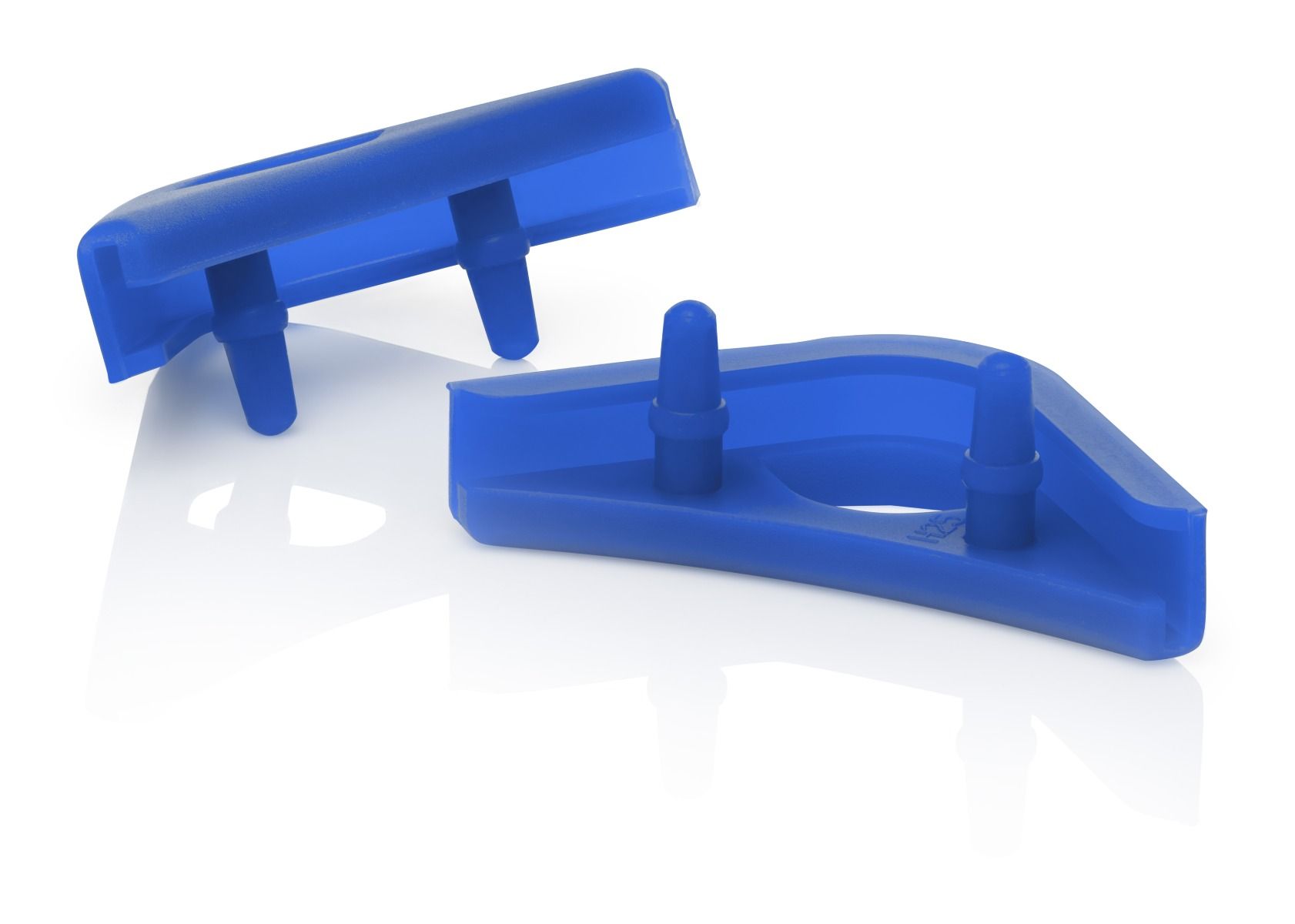 NA-SAVP1 chromax.blue
NA-SAVP1 chromax.blue- silentblocs anti-vibrations
- Série chromax.blue

 NA-SAVP1 chromax.red
NA-SAVP1 chromax.red- silentblocs anti-vibrations
- Série chromax.red

L'achat est possible via nos partenaires commerciaux locaux ou directement sur nos boutiques en ligne officielles Amazon:

En tant que Partenaire Amazon, nous réalisons un bénéfice sur les achats remplissant les conditions requises.
Your opinion matters!
We are excited to invite you to participate in our short website survey. It will only take 5 minutes of your time!

